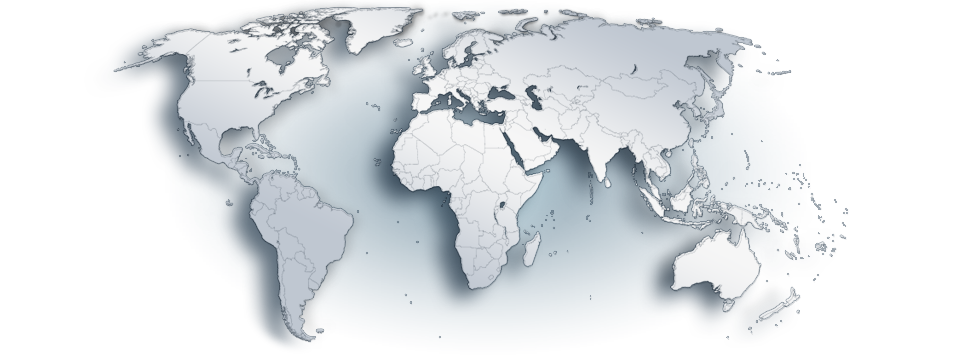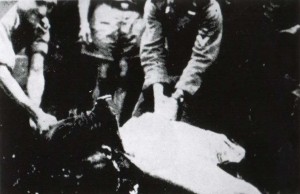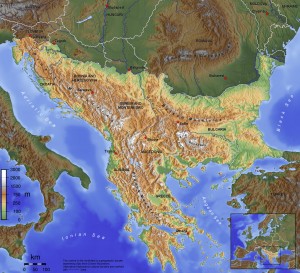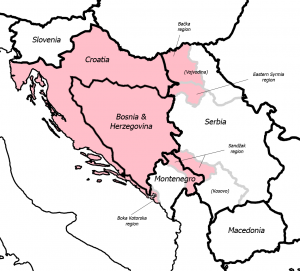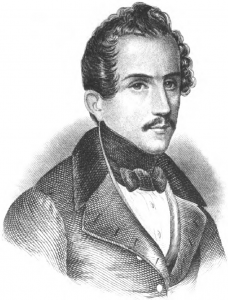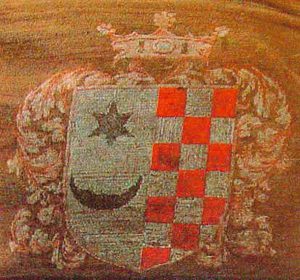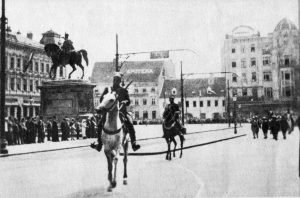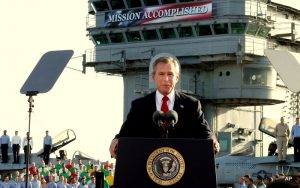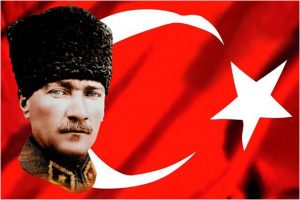P. R. Vitezović’s writings were especially directed against pro-Venetian texts of the famous historian and doctor of...
Zagreb
The Anti-Fascist League of Croatia filed a detailed criminal complaint in which it claimed that Sedlar had...
That a Serb Question in Yugoslavia was really acute problem became clear on April 24th, 1987 [...]
Do Europeans really want people such as this to be increasing in the EU? [...]
A new 1991 year started with a fear of the escalation of the political conflicts into a...
The National Committee of Croatia for the investigation of the crimes of the occupation forces and their...
The Croat ultranationalists (i.e., the followers of the Ustashi movement) called in the 1990s for the full...
Precisely because it has not been the theme of any Hollywood spectaculars, Jasenovac does not attract any...
Basic facts about the Serbs that you have to know […]
Stories of resistance to Croatia’s fascist Ustasa can help counter revisionists’ attempts to rehabilitate the World War...
The radical and revisionist messages of far-right Croatian politicians and historians find a sympathetic audience among many...
The Serb holocaust during the WWII in the Independent State of Croatia is not a misnomer, an...
Croatia’s president, the former deputy NATO secretary general for public diplomacy Kolinda Grabar-Kitarovic, decided to pay homage...
The aim of this article is to shed new light on the question of how the configuration...
The Illyrian Movement (1830–1847) presents the most important period of the Croat national(istic) revival movement, which was...
In the Yugoslav historiography (1918–1941; 1945–1991) Lj. Gaj’s decision to choose a Illyrian name and the štokavian...
The core of the puzzle became that constitutionally six federal republics and two autonomous provinces were seen...
Become familiar with the basic info about one of the most beautiful countries in the world -...
Lj. Gaj and his followers required that the Croatian national language has to be accepted as an...
This text investigates the question of relations between the Croatian national revival movement and the Serbs from...
Of the 22 Nazi concentration camps operating in the clerical fascist state of Croatia during World War...
The NDH consisted of modern-day Croatia and most of Bosnia and Herzegovina, as well as some parts...
Markul argued that real Tito
lost the middle finger and index finger of the left hand. He...
The end of WWI in November 1918 as a consequence of the military collapse of the Central...
